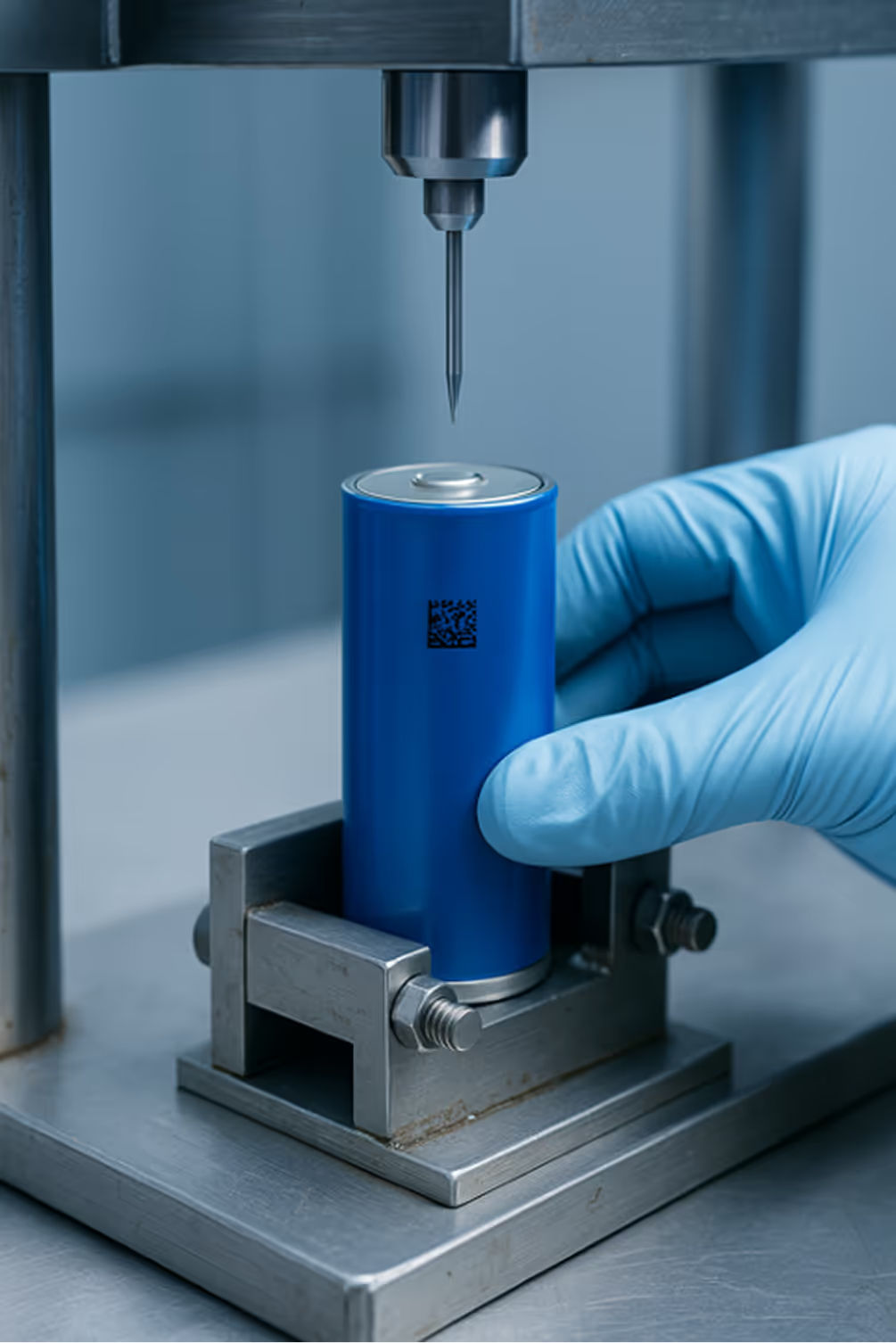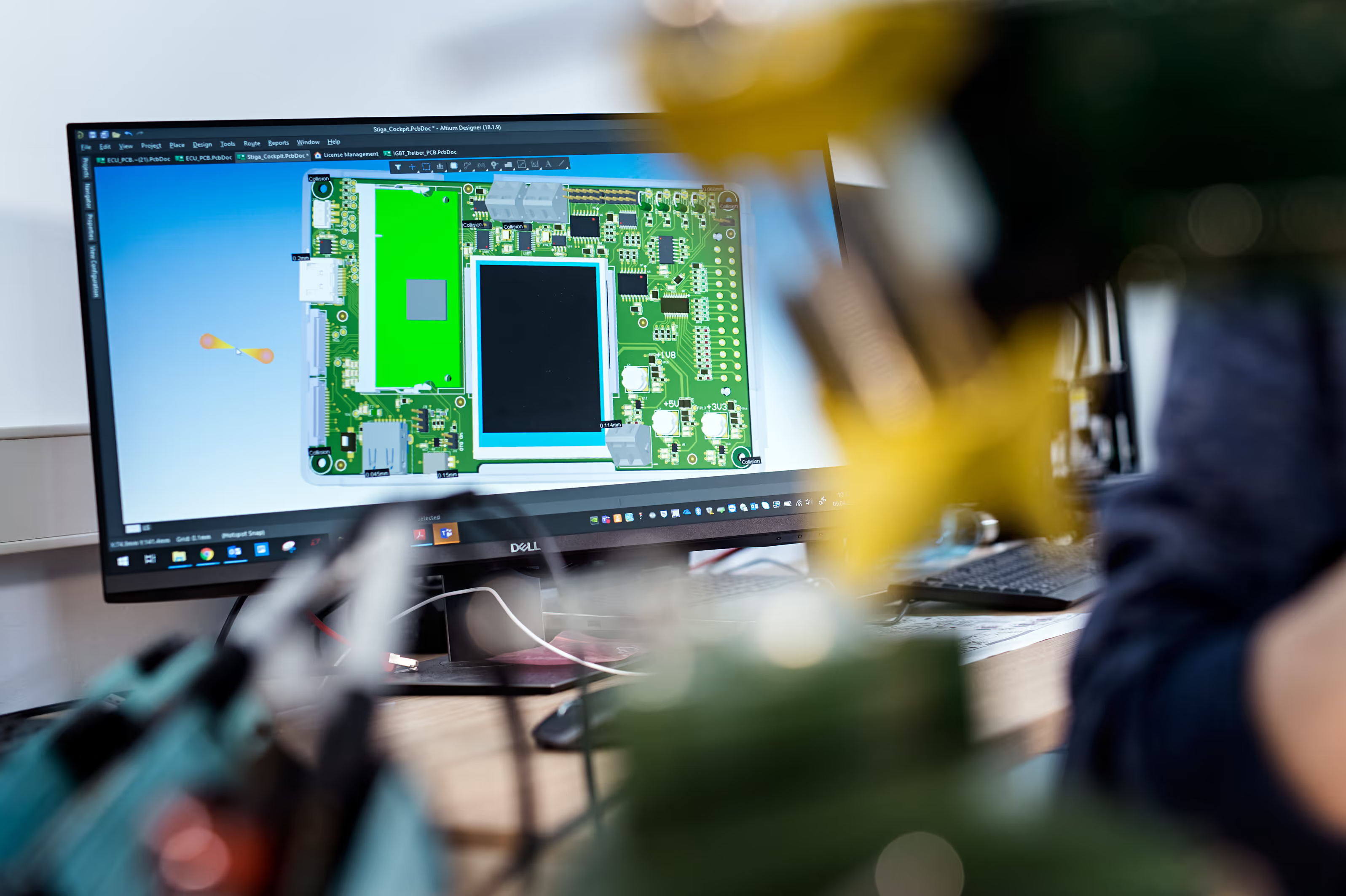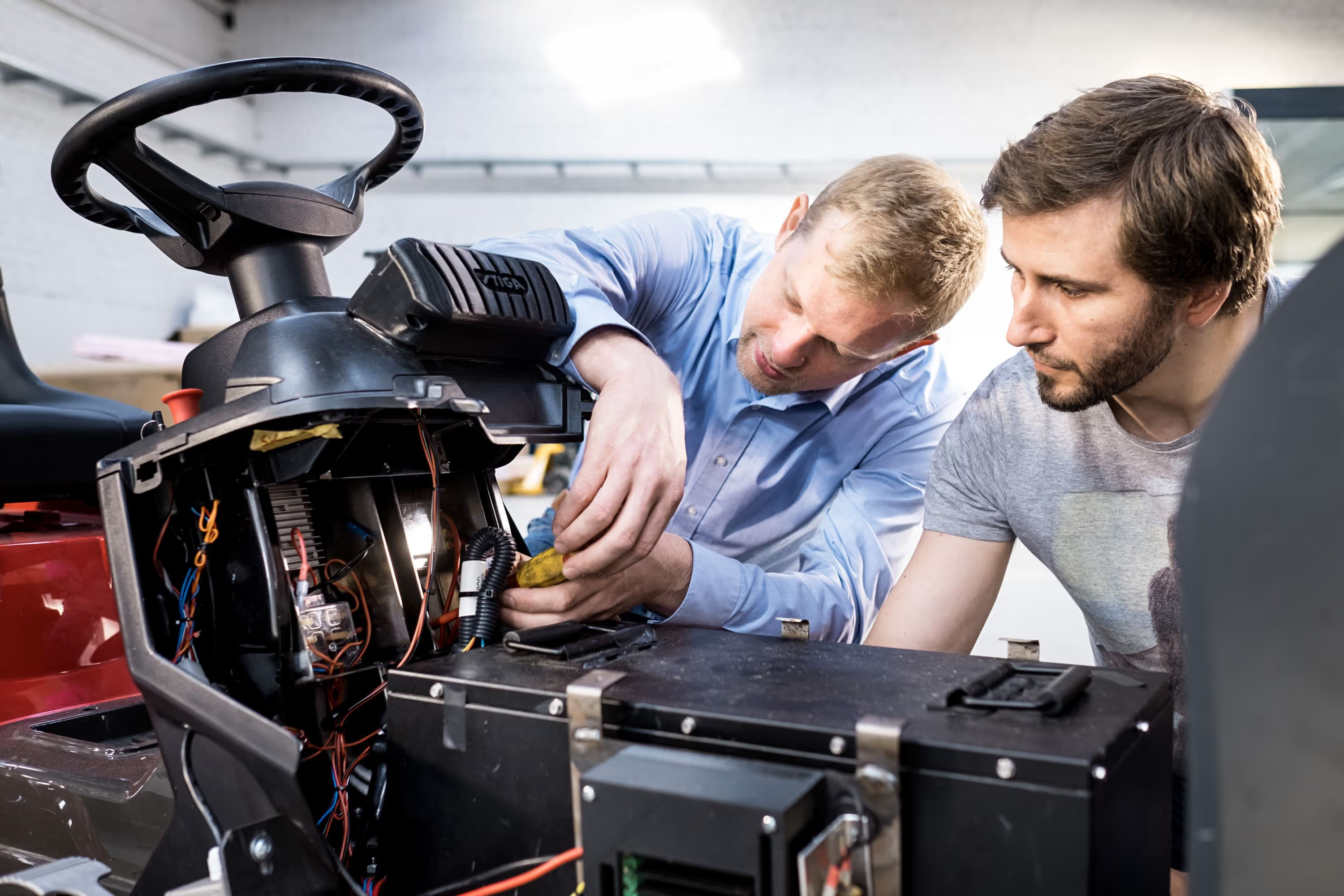Due Diligence
Due diligence in the battery industry ensures responsible sourcing, transparency, and compliance throughout the supply chain. It is both a regulatory requirement under the EU Battery Regulation and a strategic tool for building sustainability, resilience, and market advantage.
Due Diligence
1. Introduction
In the context of battery manufacturing and value chains, “due diligence” refers to the systematic processes by which an economic operator ensures that the sourcing, processing, and trading of raw materials (and secondary materials) associated with batteries are conducted responsibly—with respect for human rights, labor standards, and environmental integrity. For example, under the EU Batteries Regulation (EU 2023/1542) (“EUBR”), the term is explicitly defined and mandated in Chapter VII.
In a domain such as battery systems and battery management, due diligence therefore becomes a critical component of compliance, supply chain transparency, and risk management—not only from a regulatory standpoint, but also as part of strategic differentiation for organizations such as PEM Motion that serve battery equipment manufacturers, system integrators, and OEMs.
2. Key Elements and Requirements
2.1 Management systems and policy framework
As required by the EUBR, each operator placing batteries on the market (above the thresholds) must develop and implement a due-diligence policy consistent with internationally recognized standards (e.g., the Organisation for Economic Cooperation and Development (OECD) Guidelines, UN (Guiding Principles on Business & Human Rights), and the ILO Tripartite Declaration). The policy needs to cover all relevant upstream activities (including suppliers, subcontractors, and sub-tiers) downstream to the placement of the battery on the market.
2.2 Risk assessment, mitigation and monitoring
Operators must map their supply chains, identify actual and potential risks (social, environmental, human rights, labor, biodiversity, water, soil, and air), and mitigate them through structured processes. This involves establishing a traceability system, monitoring supplier behavior, and implementing corrective actions or exit strategies for non-compliant tiers.
2.3 Verification, auditing and reporting
The regulation mandates periodic independent third-party verifications and annual (or periodic) reporting of due-diligence measures. Furthermore, the operator must maintain documentation of its control systems, grievance mechanisms, and corrective-action records.
2.4 Critical raw-materials and high-risk sourcing
Special emphasis is placed on sourcing of critical battery materials (lithium, cobalt, nickel, natural graphite, etc.), especially from conflict-affected or high-risk areas. Operators must pay attention to upstream risks such as child labour, unsafe working conditions, environmental degradation, and supply-chain opacity.
2.5 Regulatory timing and readiness
Under the EUBR, due-diligence obligations had originally been scheduled for 18 August 2025 but have been postponed to 18 August 2027, giving organizations additional time to build systems, particularly given delays in accreditation of notified bodies and issuance of implementation guidance.
3. Strategic and Operational Benefits for Battery-Systems Stakeholders
3.1 Supply-chain resilience and risk mitigation
By instituting robust due-diligence procedures, battery-system OEMs, module and pack integrators, and their supply networks reduce exposure to regulatory penalties, crises (e.g., supplier non-compliance), and reputational damage. A resilient chain translates into higher business continuity.
3.2 Market access and competitive advantage
In regulated markets such as the EU (and increasingly globally), demonstrating due-diligence compliance becomes a de facto precondition for market entry. For instance, operators in the battery value chain can benefit from consulting and verification services such as those offered by PEM Motion under their compliance and test programs. By proactively aligning with due-diligence expectations, organizations gain a competitive edge over laggards.
3.3 Sustainability and circular-economy alignment
Due-diligence frameworks align with broader sustainability goals (circular economy, resource efficiency, carbon-footprint reduction). For battery manufacturing, this means more than just raw-material sourcing—it extends to end-of-life management, repurposing, and recycling. Demonstrating this alignment strengthens stakeholder trust (investors, customers, regulators).
3.4 Operational efficiency through structured systems
Integrating due-diligence processes into existing quality, procurement, and supply-chain management systems can yield efficiency benefits: clearer supplier segmentation, better data capture, fewer incidents of non-compliance, and improved audit readiness. For example, PEM Motion’s services in battery testing and compliance support help system integrators implement the necessary chain-of-custody and traceability mechanisms.
4. Implementation Considerations and Best Practices
– Begin with a top-down gap analysis: identify current visibility into Tier 1 and Tier 2 suppliers, raw-material origin points, and existing policies.
– Map critical raw-material flows (e.g., cobalt from DRC, lithium from South America, nickel from Indonesia) and flag high-risk geographies.
– Establish a supplier engagement framework: contractual clauses for due-diligence conformity, periodic assessments, and support mechanisms for improvement.
– Design and implement a grievance mechanism: accessible channels for stakeholders, suppliers, and communities to raise concerns; link to corrective actions.
– Integrate traceability tools and digital records so that data can be audited and reported as required by the regulation.
– Stay informed on regulatory developments: with the current postponement to 2027, companies should still act now to avoid last-minute implementation stress.
– Leverage external expertise: Specialized companies, such as PEM Motion, can support supply chain audits, risk assessments, and verification readiness.
5. Conclusion
For battery-value-chain actors—from raw-material suppliers to cell manufacturers, module assemblers, system integrators, and OEMs—due diligence is more than a regulatory checkbox. It is a strategic imperative merging compliance, sustainability, supply chain transparency, and operational robustness. By implementing a structured policy, risk-management framework, traceability mechanisms, and verification processes now, organizations position themselves not only to meet the upcoming obligations of the EU’s Batteries Regulation but also to capitalize on the evolving demands of sustainability-aware markets. Partnering with expert service providers, such as PEM Motion, can accelerate effective readiness and turn due-diligence compliance into a differentiator rather than just a duty.
Sources:
Our Focus
What we do

BATTERY Compliance
We ensure your batteries meet all compliance standards for safety and performance.

OPERATIONS & TRAINING
We empower your team with comprehensive training and operational consultation for battery technology and energy storage solutions.

BMS SOLUTIONS
We offer a wide range of Li-Ion battery solutions and Battery Management Systems for various industries.












